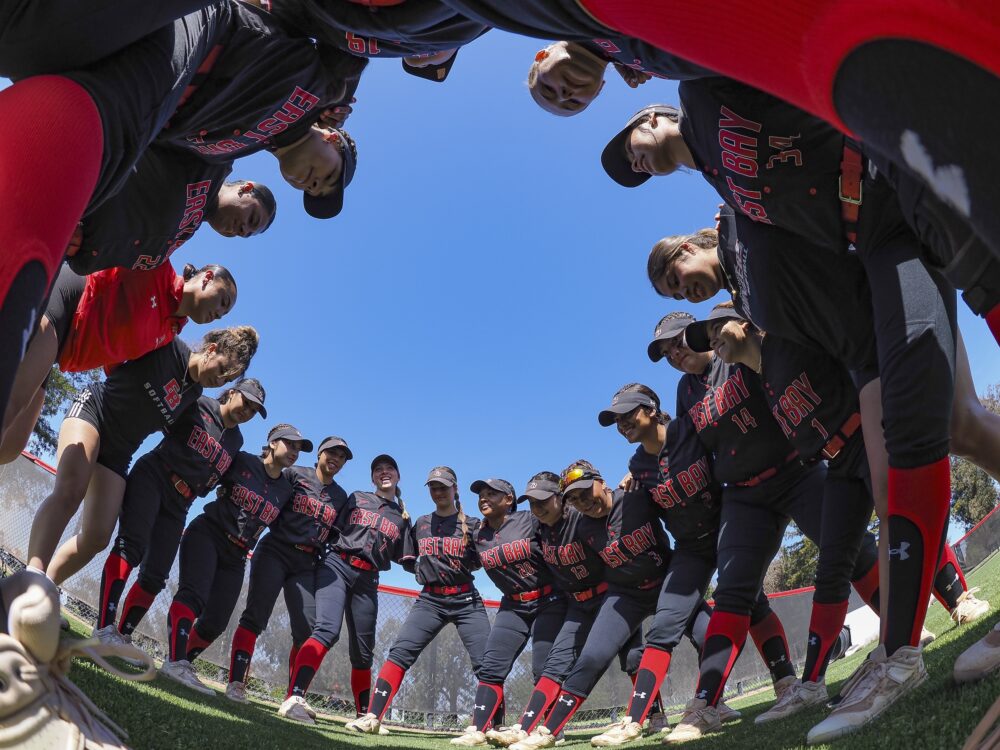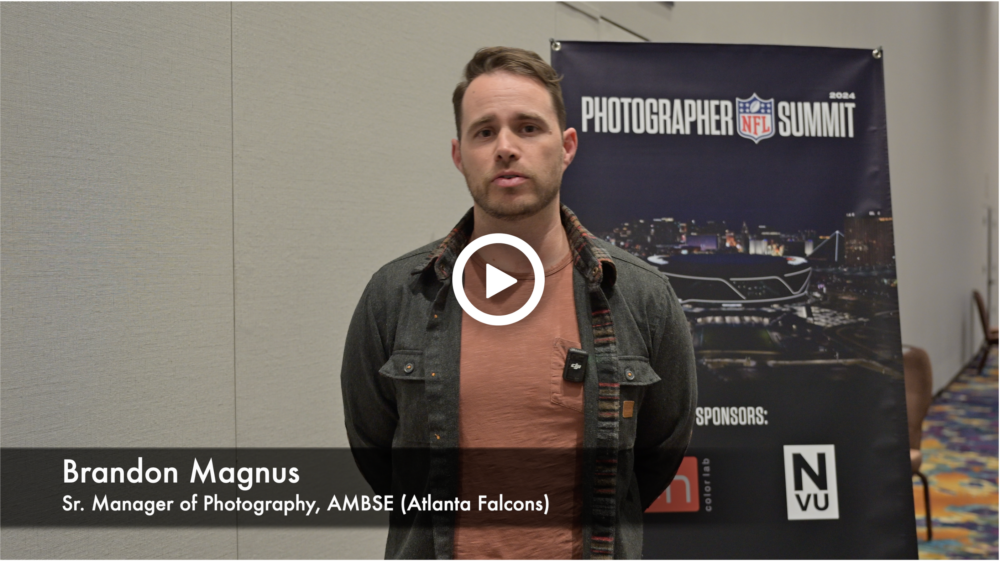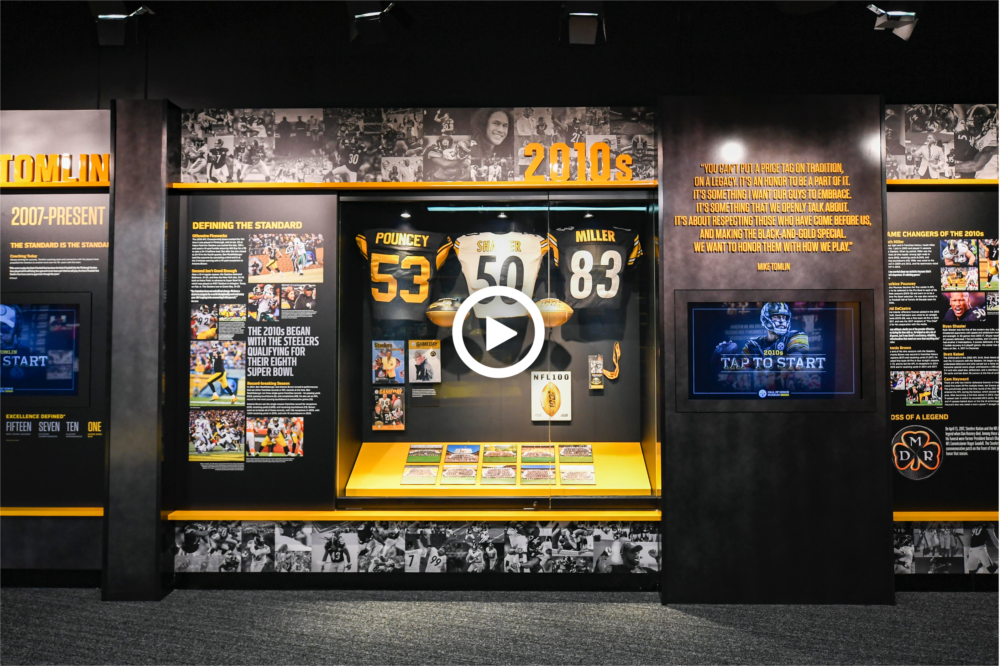Share
How University of Miami Athletics Has Instant Access to Half a Million Images
Miami University photographers get actions shots out in real time.

The Miami Hurricanes entered the ninth inning of the NCAA Coral Gables Regional tied 8-8 with the Long Beach State Dirtbags. Just 24 hours earlier, the home team had edged a win over the Dirtbags in 11 innings. Now, they were one run away from a perfect 3-0 performance in a regional matchup and a trip to NCAA Super Regionals for the second year in a row.We can only imagine how junior Randy Batista felt when he stepped to the plate and knocked the winning run in. Or, perhaps with the right photo, we don’t have to just imagine it…
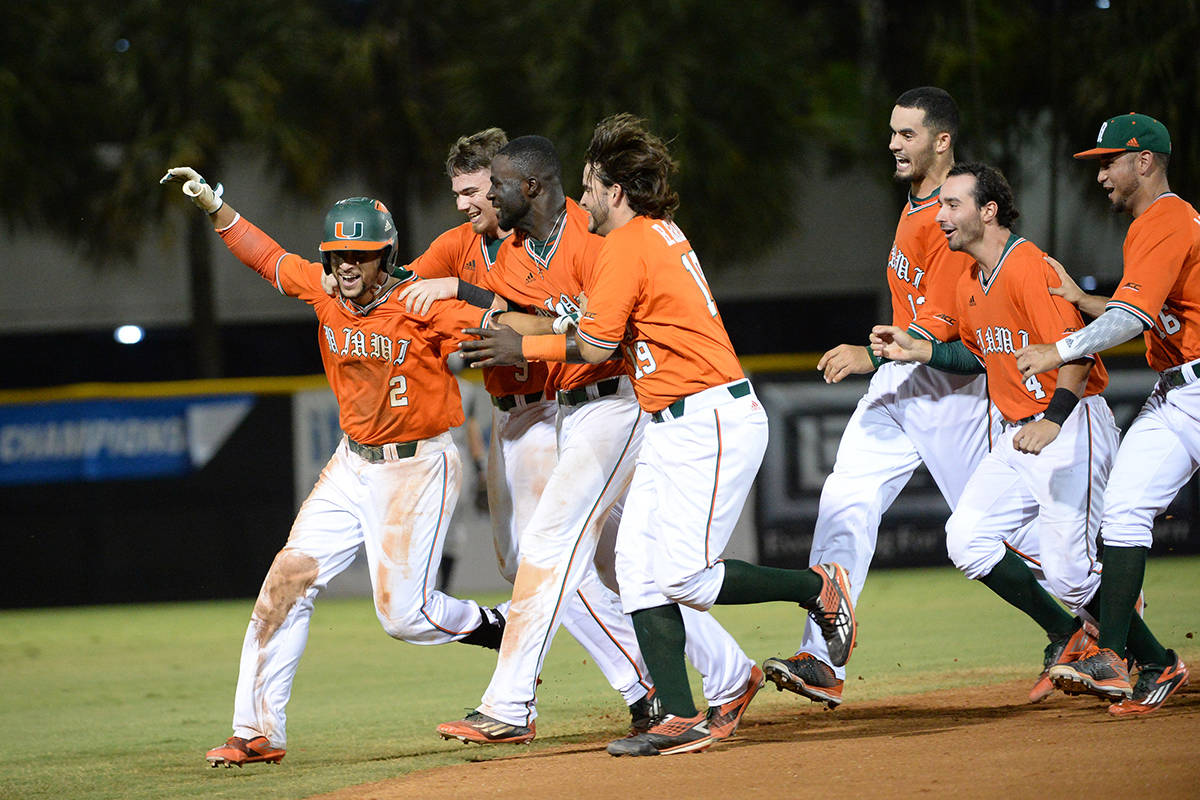
The University of Miami has nearly 500,000 photos capturing moments like this over the past 30 years. These images are crucial to sharing the story of Hurricane athletics.
“Having reliable, solid photography helps engage fans and hopefully gets them interested in attending events,” says Miami’s Associate AD for Marketing and Digital Strategy, Brian Bowsher. “Having photographers is the first step, but being able to access those photos in a quick and convenient fashion is a big benefit.”
A month ago, Brian and his team decided to consolidate all of the university’s athletics photos into one visual media library hosted on PhotoShelter.
“Until now we didn’t have a home for all of our photos, so that’s certainly been the biggest benefit up to this point,” says Brian.
A centralized visual media library empowers Brian and his team to easily organize and access the university’s massive collection, generate revenue from imagery and build a stronger brand through visual storytelling.
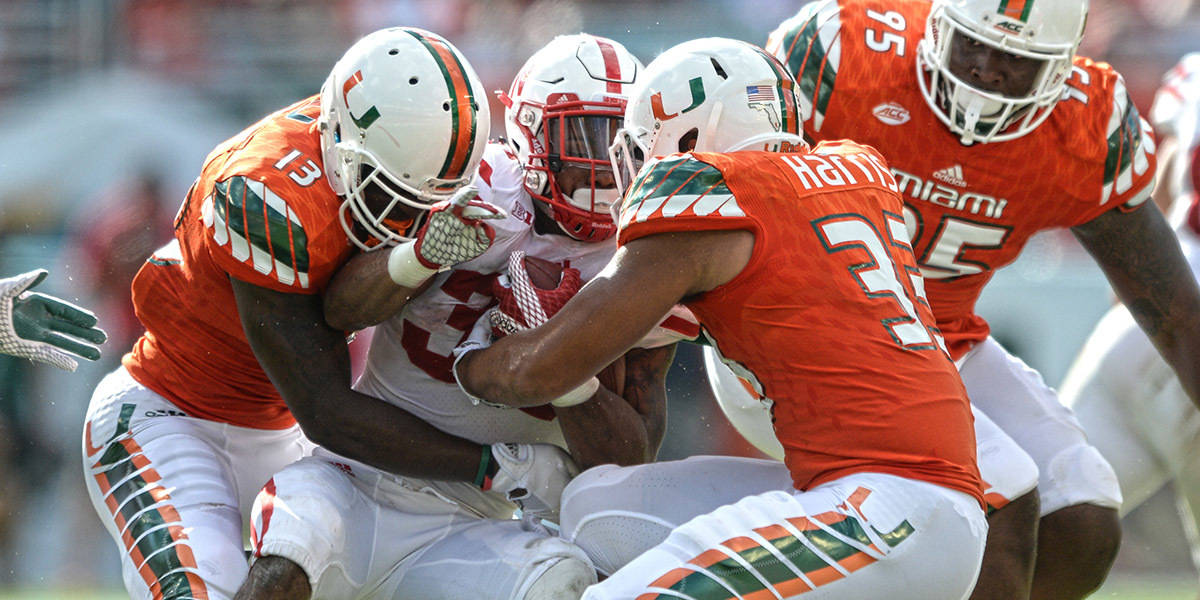
Consolidation & Convenience
JC Ridley has been shooting Miami athletics for the past 20 years. Before, he used his own site to deliver photos to the team at the university. Meanwhile, any local unattached freelancers all shared their photos with the team in different ways, and those photos were stored in a variety of random places (for example, a folder on a staff member’s desktop).
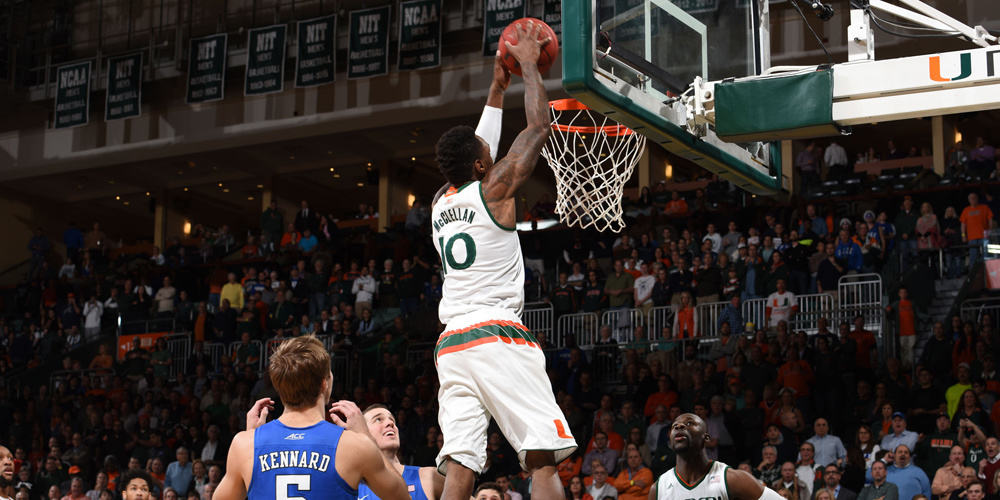
Over the past four years, the demand for authentic, real-time content on social media and the school’s website has driven the athletic department to hire freelancers more frequently when the team is on the road. Brian says it’s critical to have a photographer at every big event so you can make fans feel like they are on the road with you when they’re following along on social media. Using a real photo from today’s game, rather than an old stock photo, as the lead image for a real-time score update on the website is authentic and boosts the number of clicks. Current photos also drive retweets and shares, add to the value of being a follower and attract new followers.
The uptick in the number of photos coming in from freelancers exacerbated Miami’s photo management problems, driving the team to centralize all of their visual assets into one library. Combining Ridley’s archive with all of the other disparate shoots into one repository has allowed the team to create an easily accessible, searchable collection.
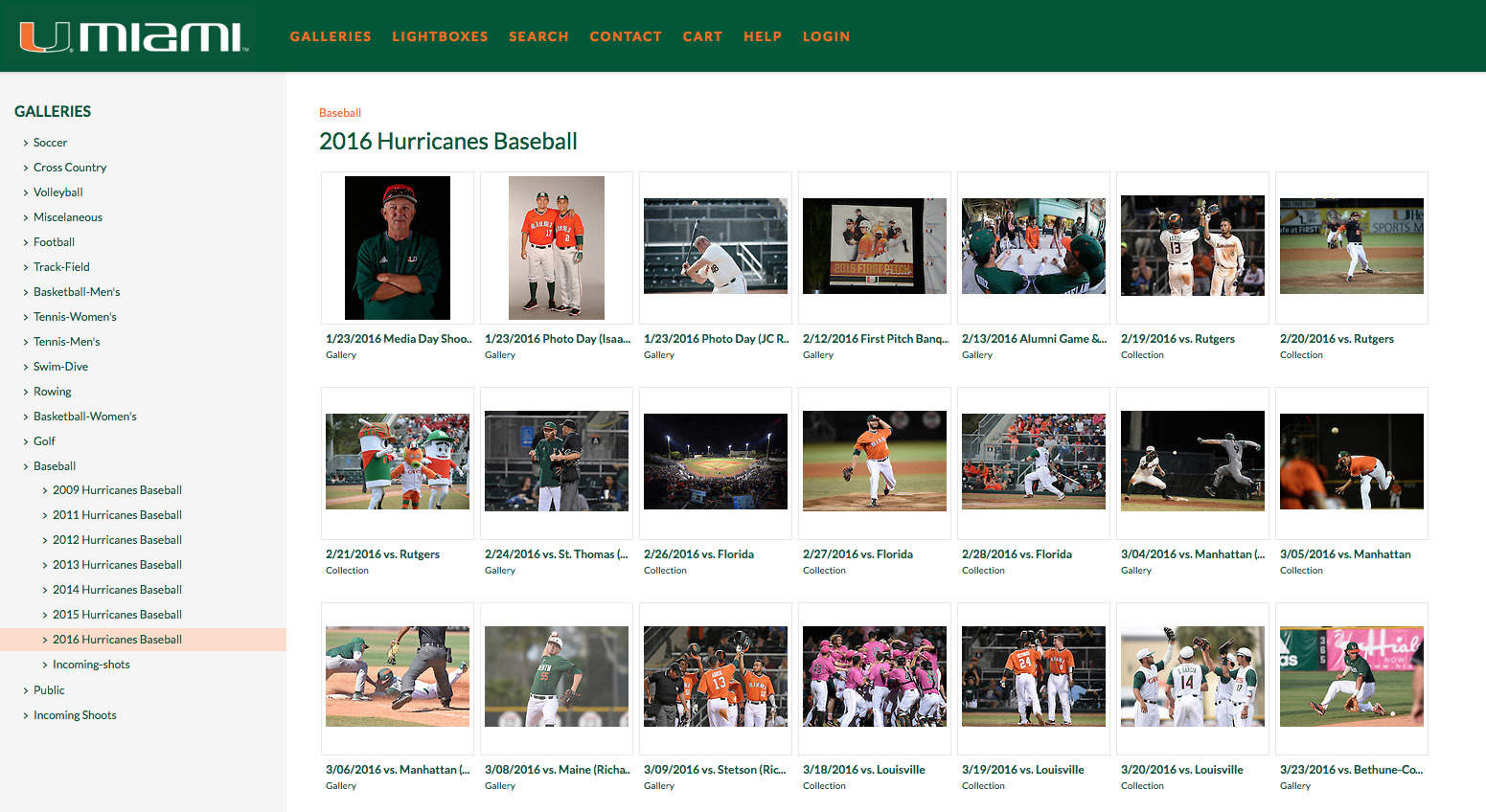
With Miami’s new cloud-based library, Brian explains, it’s easy to give all of the photographers FTP access to the library, cutting out the hassle of WeTransfers. The team can stay organized with metadata, quickly search the entire collection, create their own tags (like “home” or “away,” jersey color, etc.), sort by orientation and browse visual thumbnails. It was quite a task to build the cloud-based library with the speficiations and targets they had in mind. The University consulted several website resources as well as a website cost calculator to fully understand the time, effort and cost it would take to impliment. And it has seemed to have paid off very well, as thousands of photos can be uploaded from anywhere and searched through in a matter of seconds with an interface so simple that anyone can use it.
Check out this screenshot of the results of an advanced search for the keyword “Sebastian,” a horizontal orientation, sorted by date.

“The searchability and the user-friendliness of PhotoShelter is far better than anything we had in the past,” says Brian.
Photo Sales
In the future, Brian sees potential for the new library beyond organization and consolidation.
“We want to be aggressive in sales and have it be a revenue generator,” says Brian.
Because PhotoShelter is the only NCAA-compliant photo sales solution for universities, Brian and his team will be able to generate revenue from their images without making their compliance officers nervous.
He plans to start out with a handful of 8-12 great campus shots, panoramic shots of events like the one below, and perhaps some of the cool graphics created by university designers.
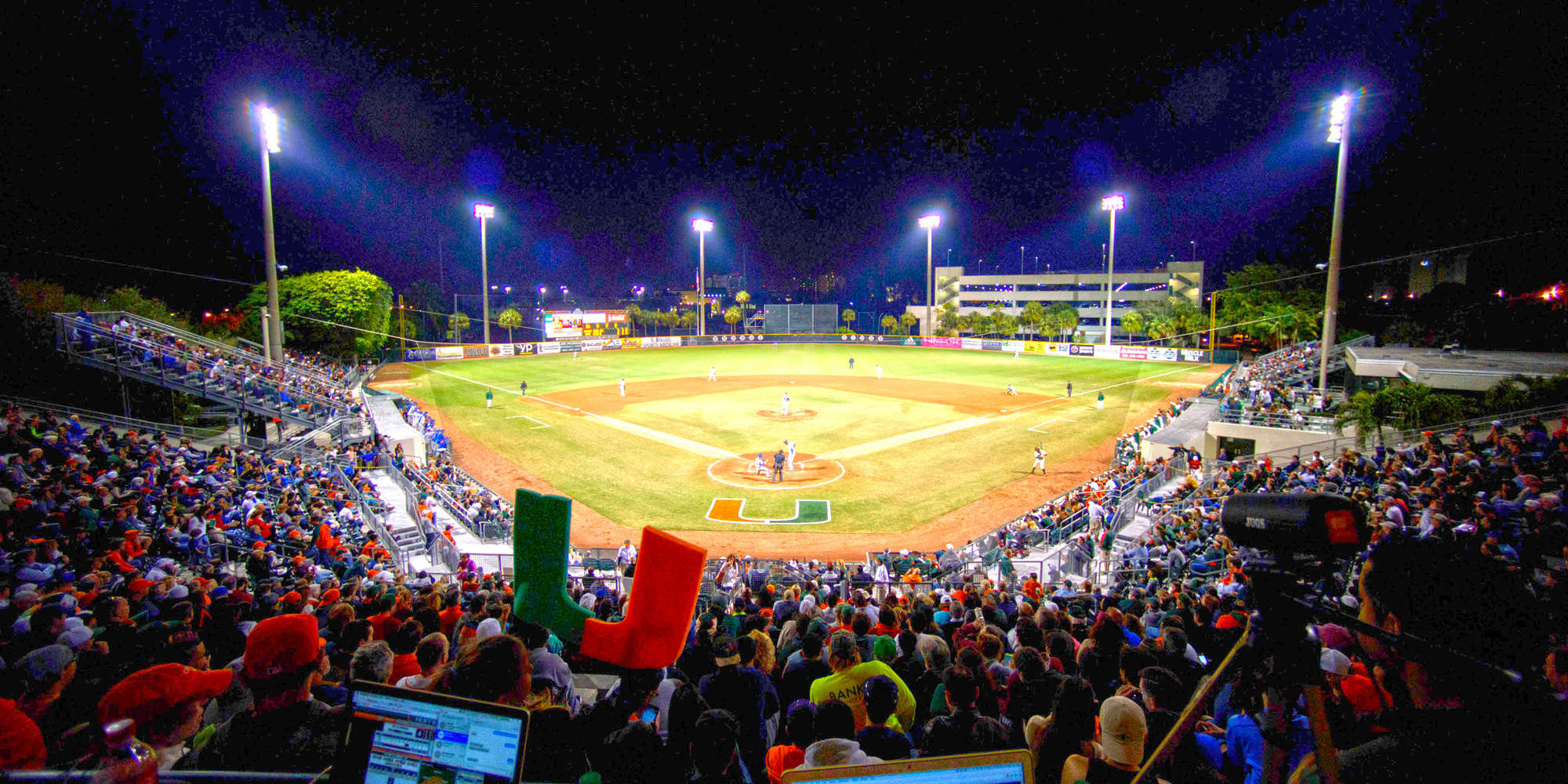
Brian says monetizing these athletics images would supplement the department’s budget and help them fund shoots they wouldn’t otherwise be able to afford.
Visual Legacy
Pointing to the story of how the NCAA regionals came down to the wire in a thrilling fashion, Brian explains why it’s crucial to capture and preserve those moments through photography.
“It gives us content for social media, for the website, it’s something that will serve potentially branding pieces down the road,” he says. “The photography just conveys what we want to get across far better than we can write.”
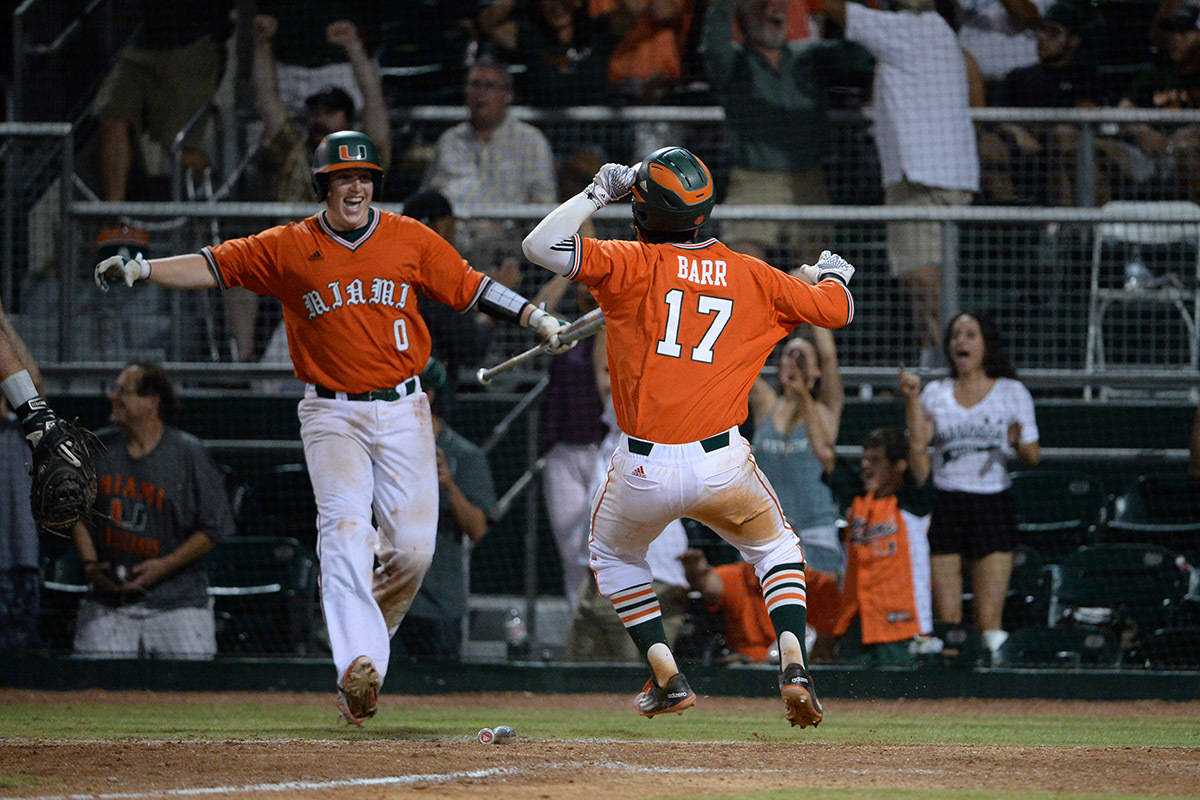
The look of excitement on those players’ faces says it all. And now, that energy will live on in photos used in email blasts, next year’s baseball posters, sales collateral, and perhaps new prints to hang up in the locker room. Brian says that being able to easily search and browse a centralized database will add to the overall look of all of these projects. With the right photos, Miami athletics will be able to tell strong stories across the board.
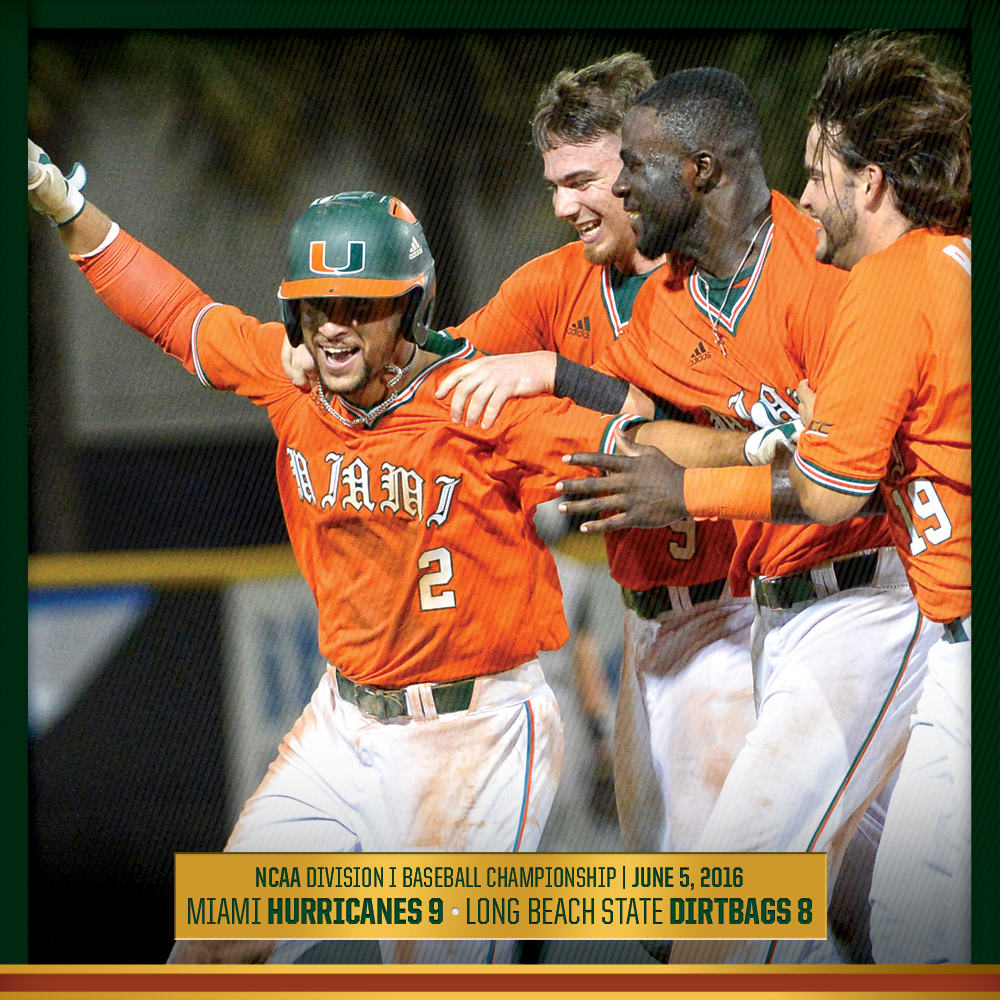
The Takeaway
Consolidating a massive collection of visual assets into one visual media library is a home run for the team at University of Miami. Now, they have half a million images and 30 years of priceless moments at their fingertips. They can easily dig through the archive to share highlights with fans and build the Hurricanes’ brand. They can monetize the collection and fund future projects. And, because the photos are now easily accessible, they can get more from each photo in a collection of 500,000.
Cover photo courtesy of University of Miami.
